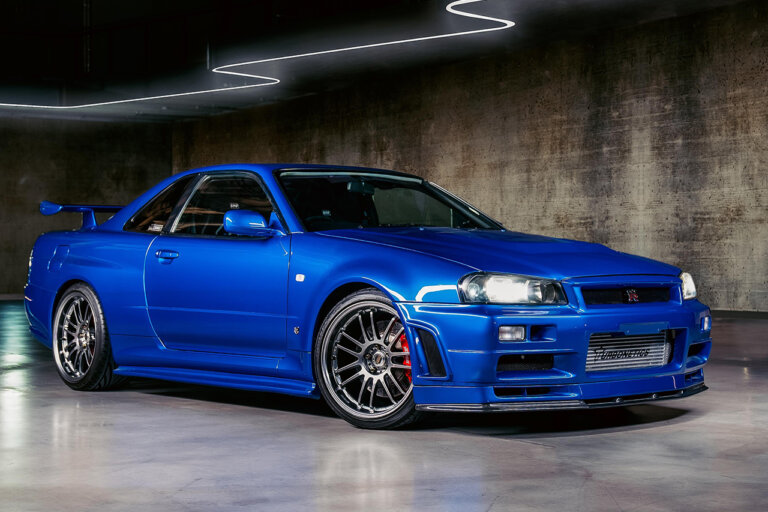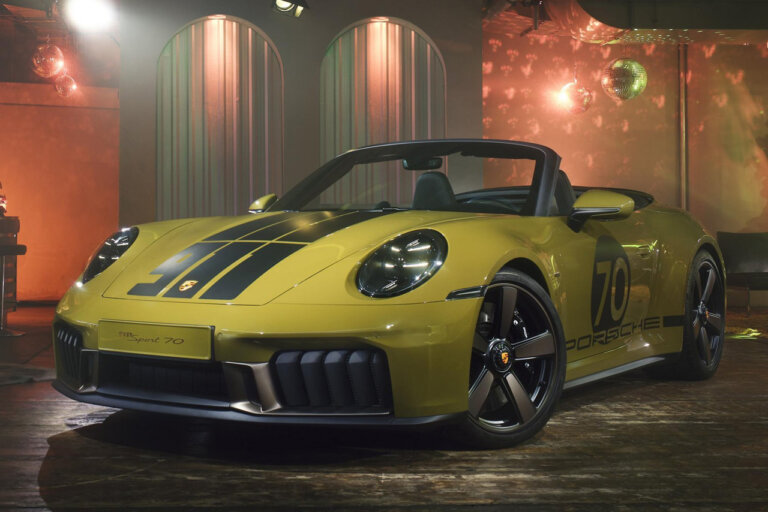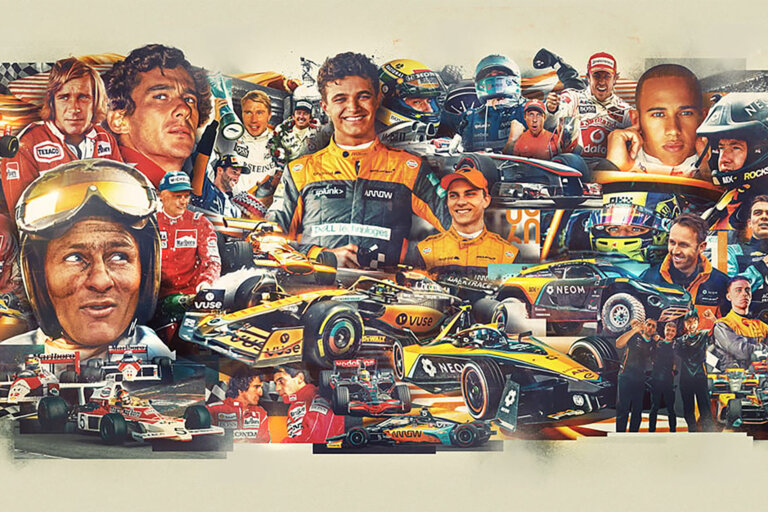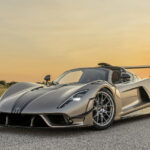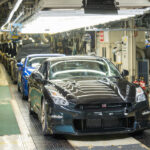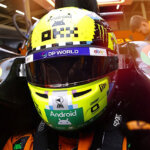Diablo’s Impressive Debut
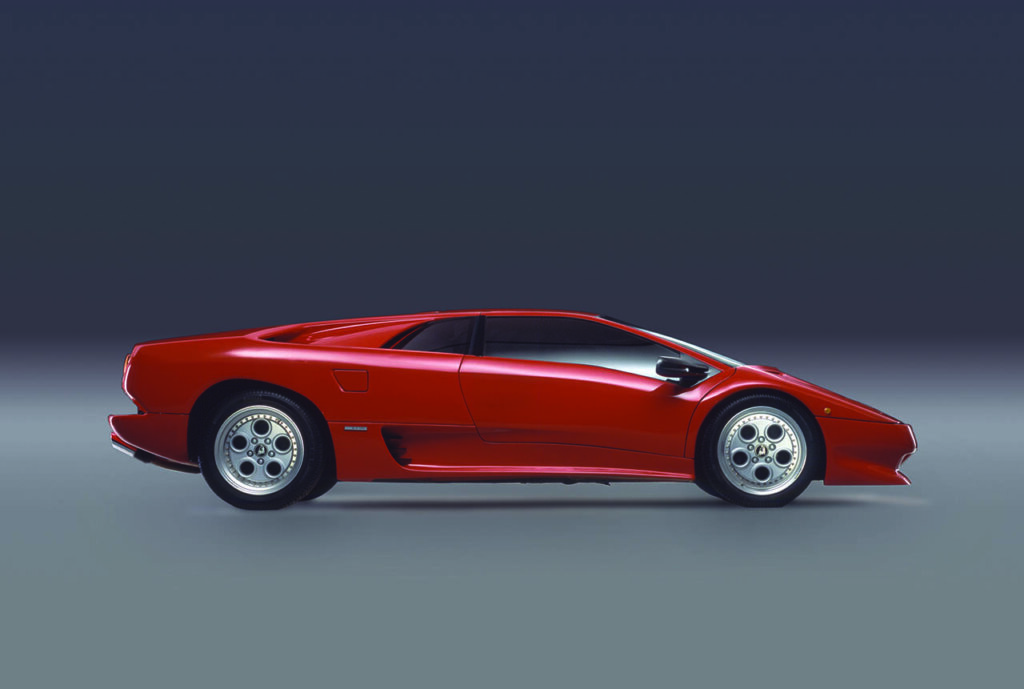
Source: Lamborghini Media Center
Introduced to the public eye on January 21st, 1990, the Lamborghini Diablo emerged as a supercar tour de force. Beneath its sculpted exterior resided a formidable powerhouse – a 5.7-liter (348 cu in) dual overhead cam V12 engine boasting four valves per cylinder. Fueled by computer-controlled multi-point fuel injection, this mechanical marvel churned out an astounding 492 PS (362 kW; 485 hp) and an imposing 580 N⋅m (428 lbf⋅ft) of torque. These astounding numbers produced a thunderous top speed of 325 km/h (202 mph).

Source: Mecum Auctions
Positioned to optimize weight distribution, the Diablo’s engine was strategically placed midship, while its drivetrain propelled the rear wheels. Performance figures were not merely statistics but exhilarating experiences: a sprint from 0 to 100 km/h (62 mph) in a mere 4.5 seconds, a leap to 0-160 km/h (99 mph) in just 9.3 seconds, and a breathtaking surge to 0-200 km/h (124 mph) in a mere 13.7 seconds.
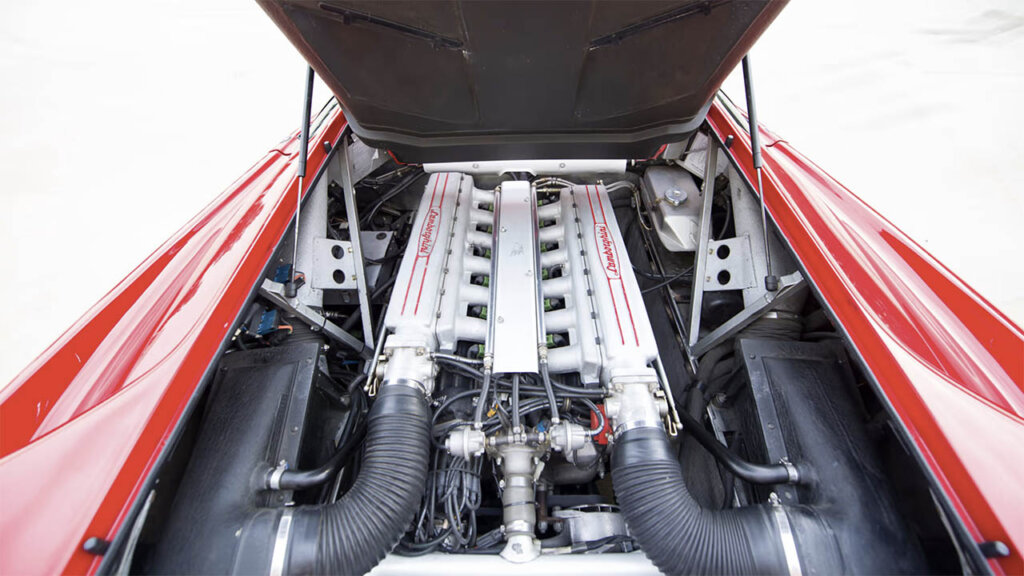
Source: Mecum Auctions
With metrics and performance like these, it’s no doubt that the Diablo surpassed its predecessor, the Countach. Aside from the Diablo’s powerplant, the model ushered in a new era of opulence and luxury. Fully adjustable seats and a telescopic steering wheel allowed drivers to tailor their positions with precision. Electric windows, an Alpine stereo system, and power steering (from 1993 onward) were standard offerings, adding layers of convenience and pleasure. While anti-lock brakes were initially absent, they eventually became part of the package. For the discerning few, the Diablo offered a selection of optional upgrades, including a tailor-made driver’s seat, a remote CD changer with an accompanying subwoofer, a striking rear spoiler, and a lavish factory-fitted luggage set priced at $2,600. Elevating the opulence further, an exclusive Breguet clock graced the dashboard, carrying a price tag of $10,500—a testament to the luxury embedded within this automotive marvel.
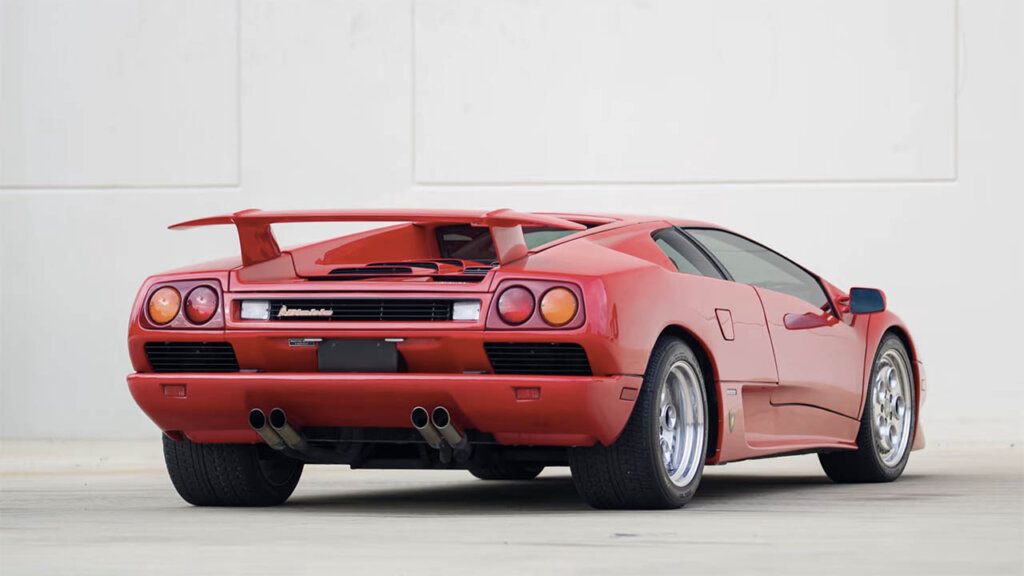
The standard Diablo model has already proven itself to be the super car of the world during that time. Yet, this supercar’s story is not confined to one single model—it unfolds through a diverse tapestry of variants, each painting a unique picture of power and precision.

